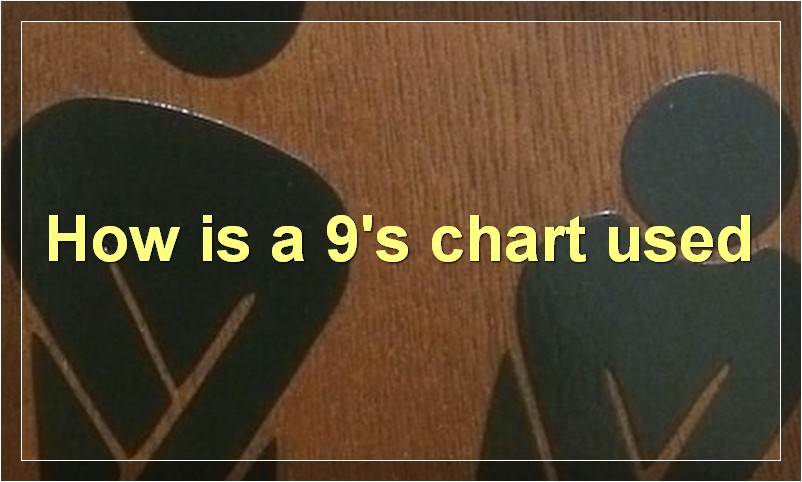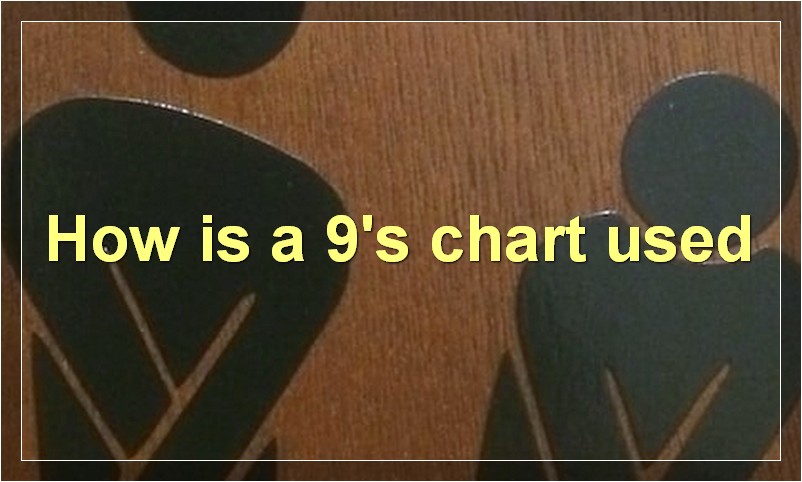If you’re looking to improve your stock trading skills, you need to know about Bollinger Bands.
What is a Bollinger Band
A Bollinger Band is a technical analysis tool used by traders to measure market volatility. Bollinger Bands are based on a simple moving average (SMA) of price data and are used to predict future price movements. The bands consist of an upper band, a lower band, and a middle band. The upper and lower bands are typically 2 standard deviations away from the middle band.
The Bollinger Band indicator was developed by John Bollinger in the 1980s and is one of the most popular indicators used by traders today. Bollinger Bands can be used to trade a variety of market conditions, such as breakouts, reversals, and continuation patterns.
The Bollinger Band indicator is a versatile tool that can be used to identify buy and sell signals, as well as to gauge market momentum. When the market is volatile, the bands will widen and when the market is calm, the bands will narrow. A trader might buy when the price touches the lower Bollinger Band and sell when the price hits the upper Bollinger Band.
The middle Bollinger Band can also be used as a support or resistance level. A trader might buy when the price bounces off of the middle Bollinger Band and sell when the price falls back below it.
Bollinger Bands are a useful tool for traders, but like any other indicator, they should be used in conjunction with other technical indicators and fundamental analysis.
How is a Bollinger Band used

Bollinger Bands are technical analysis tools used to measure market volatility. They are created by using a moving average (typically 20-day) and adding and subtracting a standard deviation (usually 2). This creates upper and lower bands that constrict or expand based on recent market activity.
Bollinger Bands can be used to measure the strength of a trend, identify potential reversal points, and spot overbought or oversold conditions. When the market is volatile, the bands will expand, and when the market is relatively calm, the bands will contract.
Traders may use Bollinger Bands in a number of ways, but one common strategy is to buy when the price touches the lower band and sell when it touches the upper band. Another common strategy is to look for candlestick patterns such as reversals or continuation patterns near the band boundaries.
Whether you are a new or experienced trader, Bollinger Bands can be a helpful tool in your arsenal. With a little practice, you should be able to quickly and easily incorporate them into your trading strategy.
What is the difference between a Bollinger Band and a moving average
A Bollinger Band is a volatility indicator which creates an upper and lower band around a moving average. The bands widen when volatility increases and narrow when volatility decreases. The moving average is used to help identify the trend, while the Bollinger Bands can be used to help measure the magnitude of price movements.
A moving average is simply a mathematical average of past price data. It smooths out price changes over a given period of time and can be used to identify trends. Bollinger Bands add an upper and lower band around the moving average, which represents periods of high and low volatility. The bands will widen when volatility increases and narrow when volatility decreases.
How do you interpret a Bollinger Band
Bollinger Bands are a technical analysis tool that was invented by John Bollinger in the 1980s. The bands are typically plotted two standard deviations away from a simple moving average, and they can be used to help identify overbought and oversold conditions in the market. Bollinger Bands are also often used as a buy or sell signal, with traders looking for a breakout above or below the bands as a possible trade opportunity.
What are the applications of Bollinger Bands
Bollinger Bands are a technical indicator that are placed above and below a moving average. They are used to measure volatility and provide a visual representation of the price action.
The upper Bollinger Band is calculated by adding the standard deviation to the moving average. The lower Bollinger Band is calculated by subtracting the standard deviation from the moving average.
The standard deviation is a measure of how much the prices vary from the moving average. The wider the bands, the higher the volatility.
Bollinger Bands can be used to identify overbought and oversold conditions, as well as for trend following and breakout trading strategies.
Overbought conditions occur when prices are trading near the upper Bollinger Band and may be due for a correction. Oversold conditions occur when prices are trading near the lower Bollinger Band and may be due for a rally.
Trend following strategies buy when prices break out above the upper Bollinger Band and sell when prices break out below the lower Bollinger Band.
Breakout trading strategies buy when prices break out above resistance and sell when prices break out below support.
What are the advantages of using Bollinger Bands

Bollinger Bands are one of the most popular technical indicators used by traders. There are many advantages to using Bollinger Bands, including the ability to:
1. Identify overbought and oversold conditions: Bollinger Bands can be used to identify when a security is overbought or oversold. When the price of a security is trading close to the upper Bollinger Band, it is considered overbought, and when it is trading close to the lower Bollinger Band, it is considered oversold.
2. See potential trend reversals: The Bollinger Band Squeeze is a pattern that can indicate a potential trend reversal. This occurs when the Bollinger Bands contract, which happens when volatility decreases. A breakout from the Squeeze can signal that a new trend is developing.
3. Help you set stop-loss orders: Bollinger Bands can be used to help you set stop-loss orders. By placing your stop-loss order below the lower Bollinger Band, you can protect yourself from downside risk.
4. Give you an idea of fair value: Bollinger Bands can also be used as a way to gauge fair value. When the price of a security is trading at or near the middle of the Bollinger Bands, it is considered to be trading at fair value.
5. Help you time your entries and exits: Bollinger Bands can be used to help you time your entries and exits when trading a security. By waiting for the price to move back inside the Bollinger Bands after a period of volatility, you can buy or sell after the price has stabilized.
What are the disadvantages of using Bollinger Bands
There are a few potential disadvantages to using Bollinger Bands. First, because they are based on past prices, they are inherently lagging indicators. This means that they may not provide timely signals for short-term traders who are looking to take advantage of small price movements. Second, Bollinger Bands can be subject to interpretation, which can lead to conflicting signals. For example, one trader may see a stock as being oversold when it reaches the lower Bollinger Band, while another trader may see it as being undervalued. This can lead to confusion and frustration, especially for new traders who are still learning how to read charts. Finally, Bollinger Bands can sometimes give false signals, especially in choppy markets. This can result in losses if trades are made based on these signals.
How do you construct a Bollinger Band
A Bollinger Band® is an indicator that allows users to see whether prices are high or low on a relative basis. It is calculated using the following formula:
The Middle Band is a simple moving average that is usually set at 20 periods. The Upper and Lower Bands are created by adding and subtracting, respectively, twice the standard deviation of the Middle Band. Standard deviation is a statistical measure of how much prices fluctuate around the moving average. The Bollinger Bands® adjust themselves to the market conditions automatically. When the markets become more volatile, the bands widen (move further away from the middle band), and during less volatile periods, the bands contract (move closer to the middle band).
What are the default settings for a Bollinger Band
A Bollinger Band is a technical analysis tool that provides a visual representation of the volatility of a security. The bands are based on standard deviation, which is a measure of the stock’s price volatility. The default settings for a Bollinger Band are a 20-period moving average and two standard deviations.
Can Bollinger Bands be used for trend following
Bollinger Bands are a popular technical indicator that can be used by traders in a variety of ways. One popular way to use Bollinger Bands is for trend following. By looking at the location of the price relative to the Bollinger Bands, traders can get a sense of whether a market is trending up or down. If the price is consistently near the upper Bollinger Band, it may be indicative of an uptrend. Conversely, if the price is near the lower Bollinger Band, it may be indicative of a downtrend. While Bollinger Bands can be useful for identifying trends, it’s important to keep in mind that they are just one tool in a trader’s toolbox and should not be relied on exclusively.

